AIA NYC — easy, breezy, beautiful Passive House
Beauty at Low Cost and the Passive House Movement Sebastian Moreno-Vacca and Julie Willem, A2M Architects, Brussels
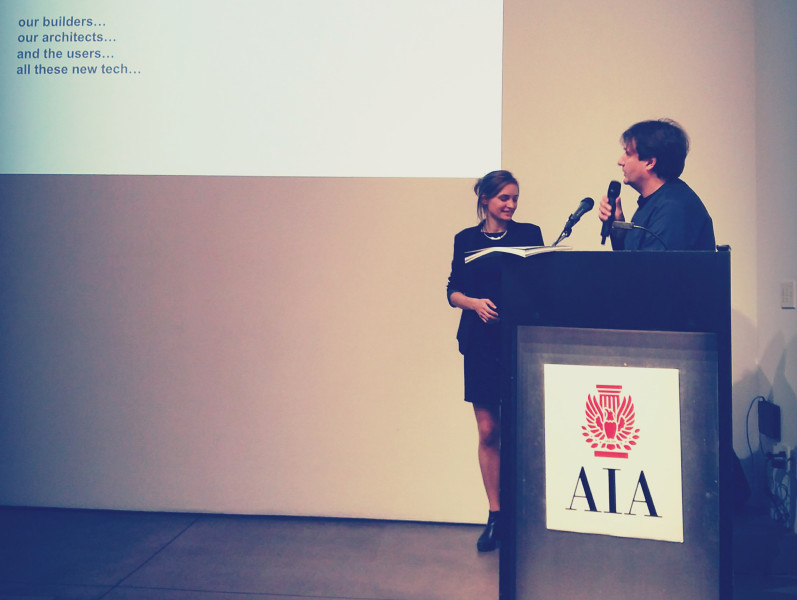
“What kind of energy is the cheapest? The kind you don’t consume”—this was the underlying message of the Beauty at Low Cost and the Passive House Movement presentation by architects Sebastian Moreno-Vacca and Julie Willem (A2M). With a string of examples, the pair showed how complying with Passive House standards has been done beautifully and cost effectively in Belgium, immersing the audience in a world where Passive House is the new normal.
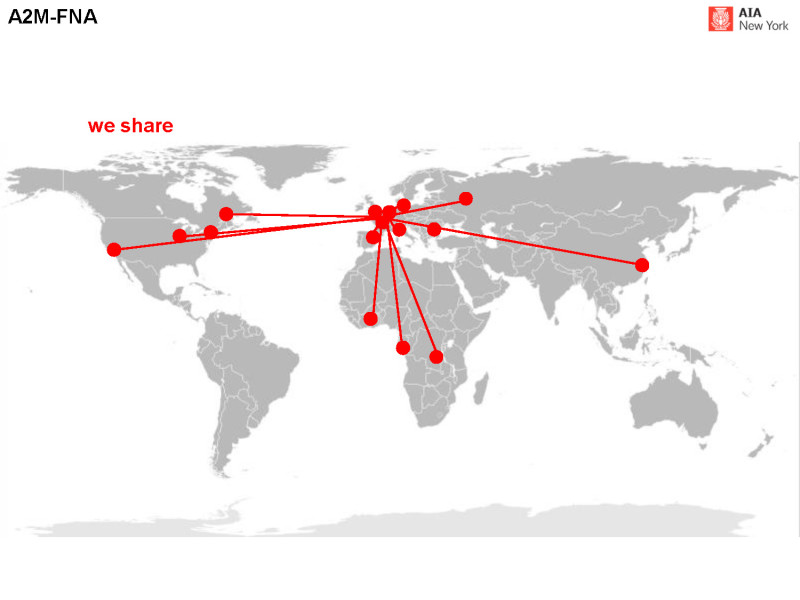
Novel to norm in 8 years: Passive House in Brussels
In Brussels, the Passive House standard was adopted as the building code in 2015, making it one of the first regions in the world to require such a stringent standard. This countrywide transformation is the culmination of three important factors.
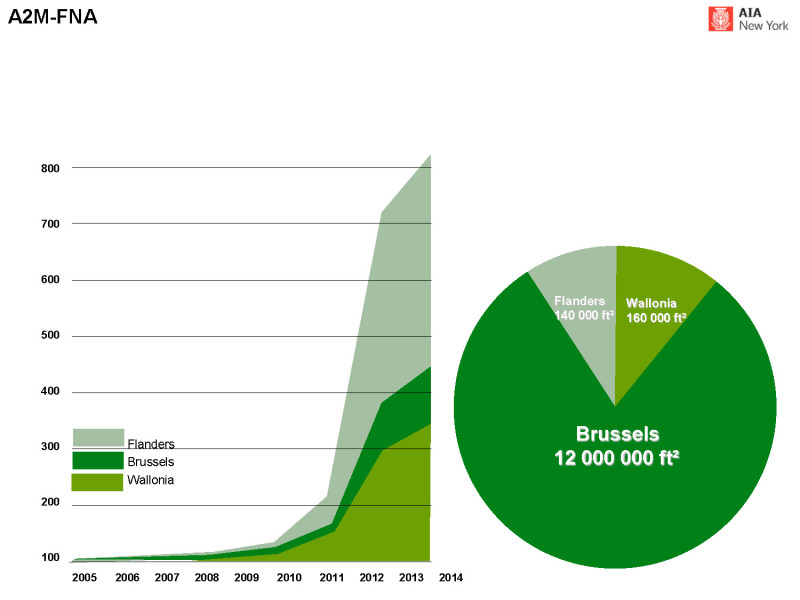
First, Belgium is, as the architects put it, “a very tiny country—it’s almost a joke.” This small size enables local governments to play a prominent role in decision making and implementation.
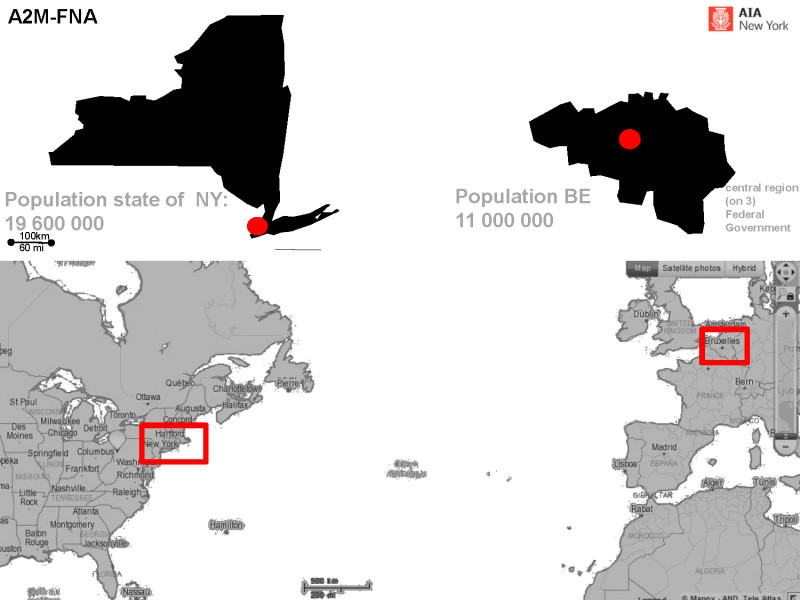
Second, construction costs are much lower in Brussels than in the United States, and New York City in particular.
Finally, Brussels’ 2007 “Exemplary Buildings” program incentivized energy-efficient and environmentally sustainable construction. The program did not require Passive House specifically, but its criteria ripened the market for Passive House construction. By the time the building code was passed in 2015, architects and developers had been building Passive for years.
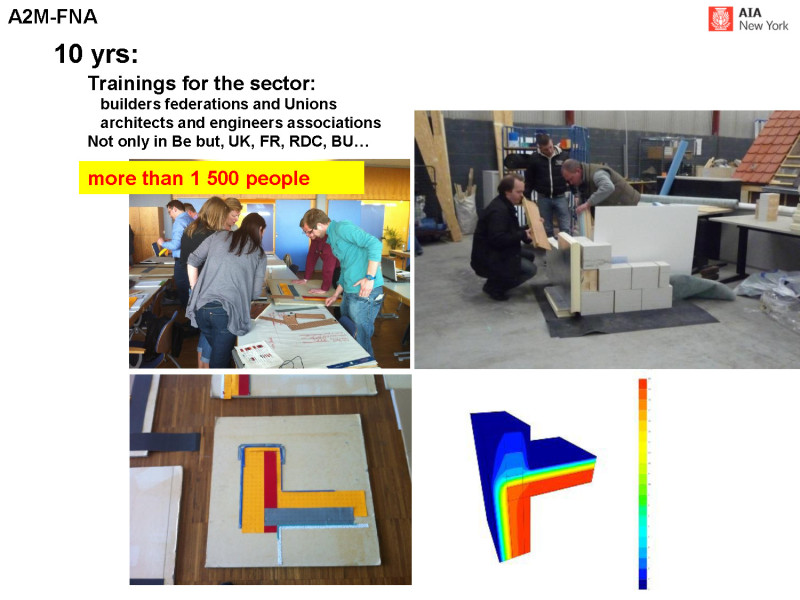
« Three stupid things »: insulation, tightness & ventilation
Reaching the Passive House standard on a large scale may seem a daunting task, but as Moreno-Vacca reflected, it doesn’t have to be a painstaking process. Removed from its energy efficiency pedestal, a Passive House building is “just a building” with a focus on “three stupid things”: a bit more insulation, a bit more air tightness, and clever ventilation.
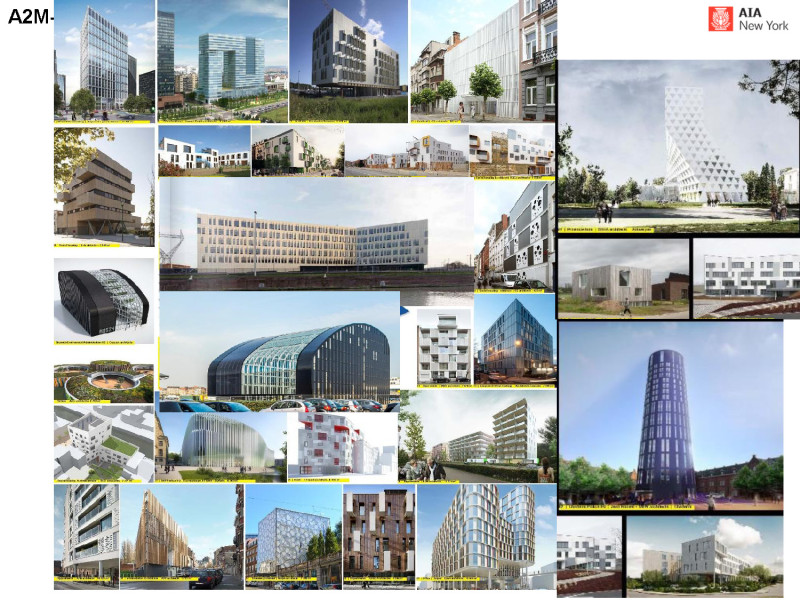
Iconic architects in Brussels were building to Passive House standards without even knowing it. Today, 90 percent of the construction workers who build these projects are not specially trained in Passive House. And as depicted in a graph of the liters of coffee A2M drank during each project, the more experience you have, the easier it gets. The takeaway: Passive House is achievable.
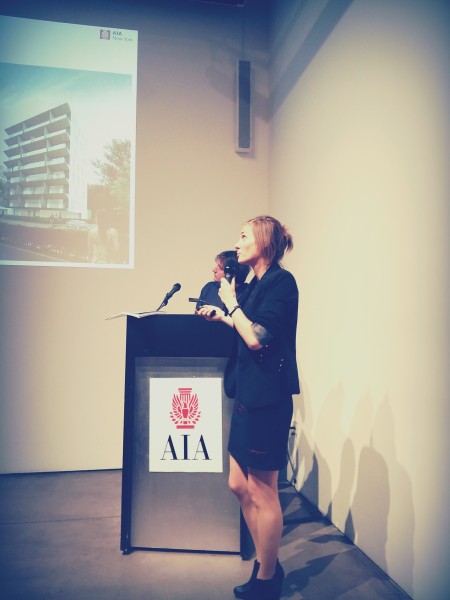
A2M @ AIANYC
Beauty at LowCost and the PassiveHouse Movement : Sebastian Moreno-Vacca and Julie Willem , A2M Architects , Brussels
Attractiveness or air-tightness?
Are there tradeoffs between air tightness, aesthetic beauty, and design autonomy? Moreno-Vacca and Willem shared wisdom on the best practices to have it all. Integrating research and engineering into the preliminary design phase is essential to creating a building that performs and looks beautiful.Energy efficiency must be a primary factor during the collaborative design process, not an afterthought for the engineers to handle. And “once you’re familiar with the calculations,” Willem assured, “you can imagine whatever you want, even in retrofits.”
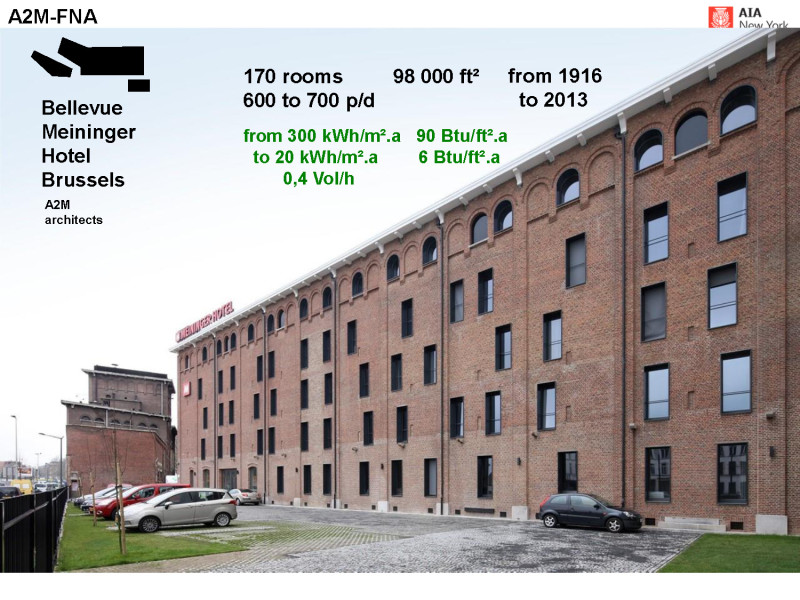
Are extreme climates extreme challenges for passive house?

Photo courtesy of the Center for Architecture
– See more at: http://urbangreencouncil.org/content/news/easy-not-breezy-beautiful-passive-house#sthash.YX1RrxSu.fCXAO19m.dpuf